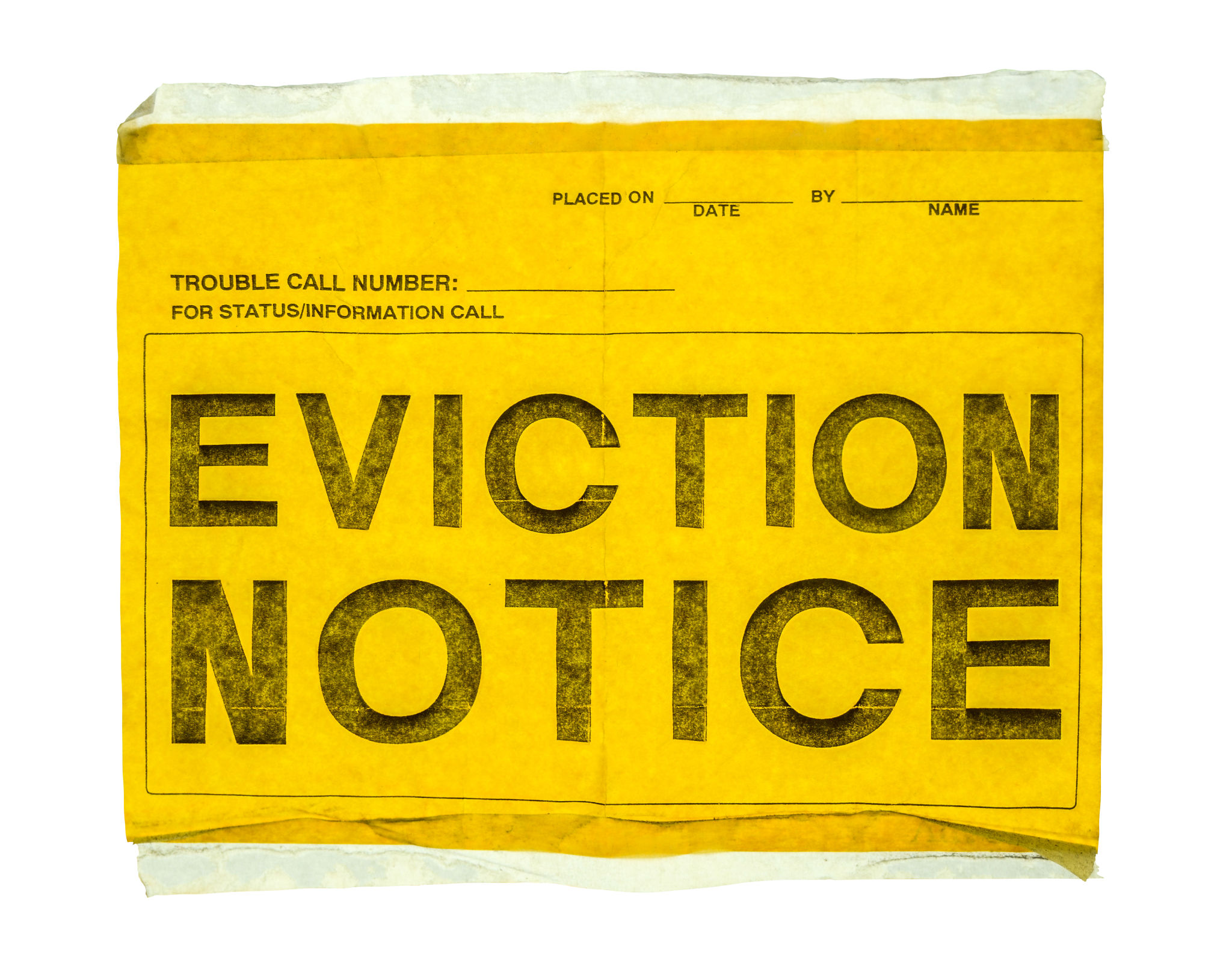Understanding the Texas Foreclosure Process: A Homeowner's Guide
RL
Introduction to Foreclosure in Texas
Facing foreclosure can be an overwhelming experience for any homeowner. In Texas, the foreclosure process is unique and understanding it is crucial to navigating it effectively. This guide aims to demystify the Texas foreclosure process, offering homeowners a comprehensive overview of what to expect and how to respond.

The Basics of Foreclosure
Foreclosure is the legal process by which a lender seeks to recover the balance of a loan from a borrower who has stopped making payments. In Texas, the most common form of foreclosure is non-judicial, meaning it doesn't require court involvement. This process can move quickly, often taking as little as 41 days from start to finish.
Non-Judicial vs. Judicial Foreclosure
The type of foreclosure initiated depends on the terms of the loan agreement. Non-judicial foreclosures are more prevalent due to their expedience and cost-effectiveness. Judicial foreclosures, on the other hand, involve the court and are less common in Texas.

Understanding the Timeline
The Texas foreclosure timeline begins with a missed payment. After the borrower misses their mortgage payment, they typically have a grace period to make it up. If payments are not resumed, the lender issues a Notice of Default, which officially starts the foreclosure process.
Notice of Default and Acceleration
After 20 days, if the default is not resolved, a Notice of Acceleration may follow. This notice demands full payment of the loan amount. If the debt remains unpaid, the lender proceeds with posting a Notice of Trustee Sale.

The Trustee Sale
The Trustee Sale is a public auction where the property is sold to the highest bidder. This sale must occur on the first Tuesday of the month between 10 a.m. and 4 p.m. The notice must be posted at least 21 days prior to the sale date and filed with the county clerk.
Options for Homeowners
Homeowners have several options to avoid foreclosure. These include loan modification, refinancing, or negotiating a short sale. It's crucial to communicate with the lender as soon as financial difficulties arise to explore these alternatives.

Legal Protections and Resources
Texas homeowners have certain legal protections, including the right to reinstate their mortgage up until 5 days before the sale. Additionally, various state and federal resources provide assistance and counseling to help homeowners navigate their options.
Seeking Professional Help
Consulting with legal professionals or housing counselors can provide valuable guidance. They can help homeowners understand their rights and explore possible solutions tailored to their specific situation.

Conclusion
Navigating the foreclosure process in Texas requires knowledge and prompt action. By understanding the steps involved and exploring available options, homeowners can make informed decisions. Remember, reaching out for help early can significantly impact the outcome of your situation.
